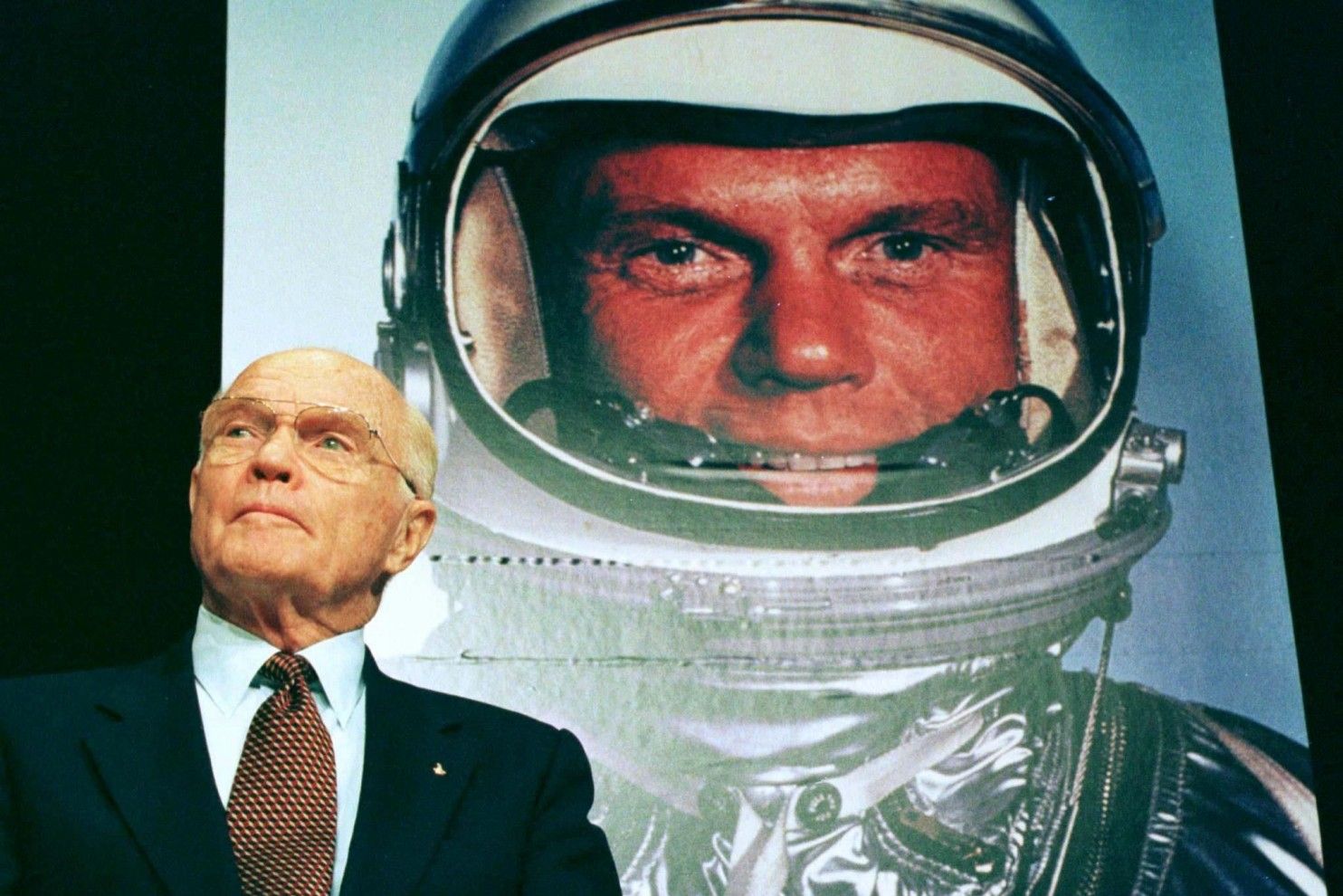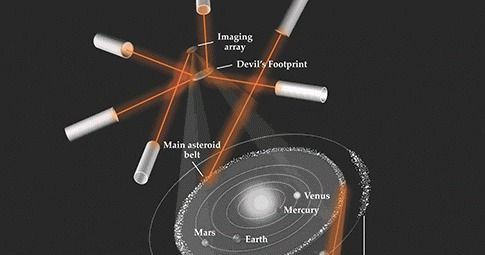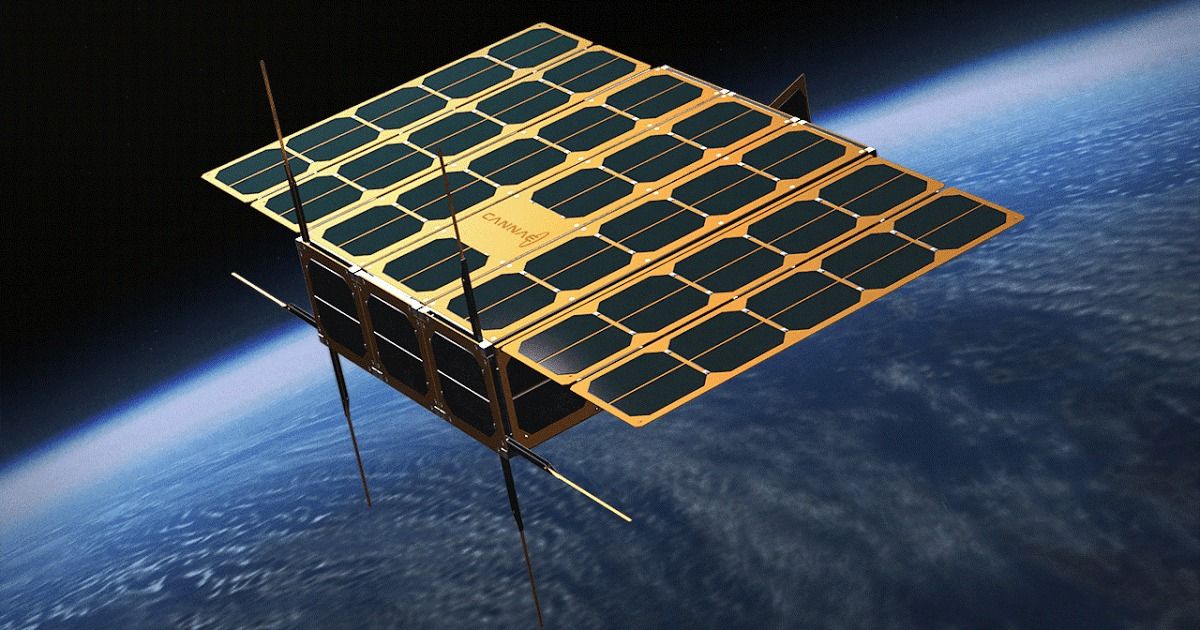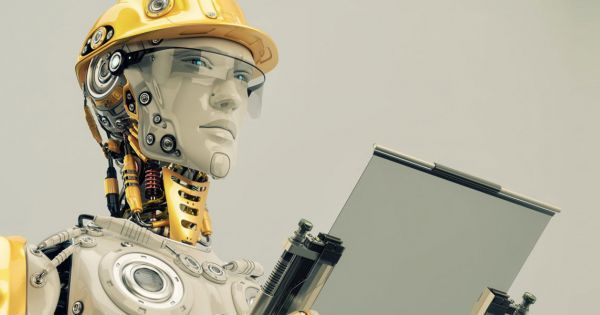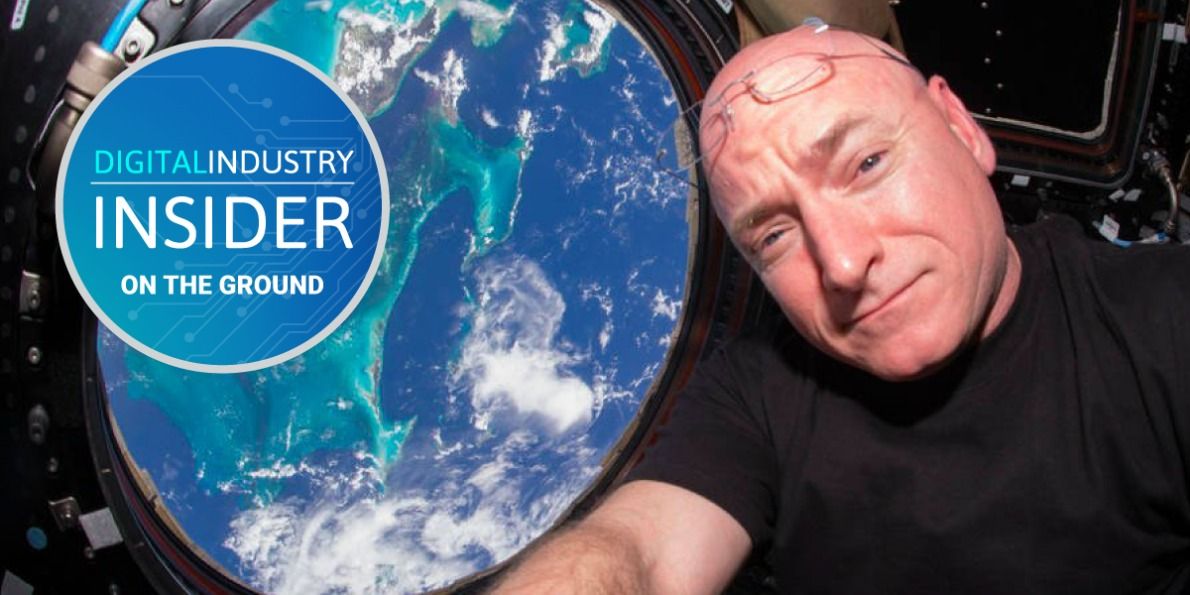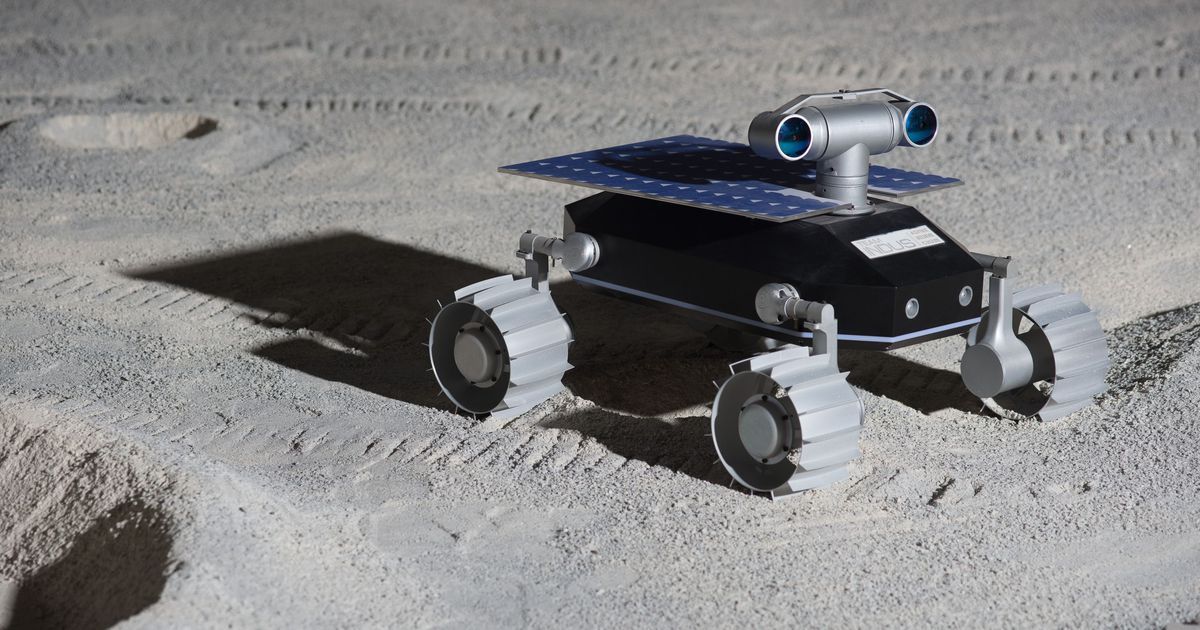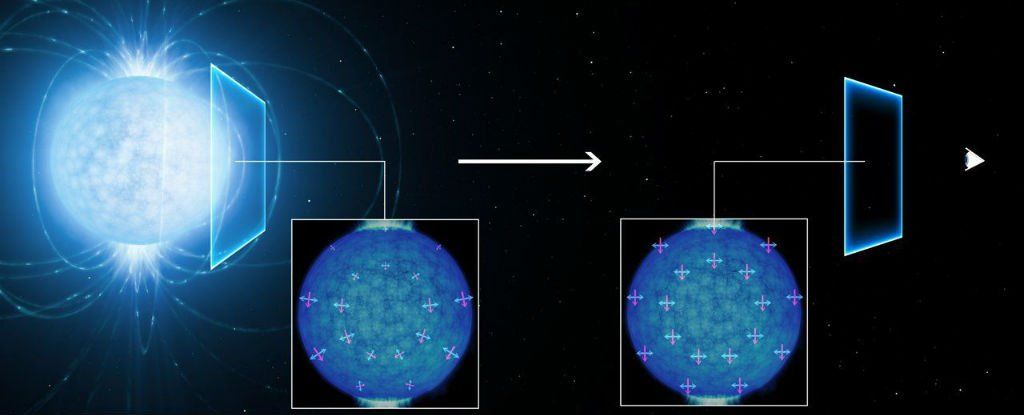Archive for the ‘space’ category: Page 922
Dec 8, 2016
John Glenn, first American to orbit the Earth, dies at 95
Posted by Blair Erickson in categories: biotech/medical, military, space
John Glenn, who captured the nation’s attention in 1962 as the first American to orbit the Earth during a tense time when the United States sought supremacy over the Soviet Union in the space race, and who rocketed back into space 36 years later, becoming the oldest astronaut in history, died Dec. 8 at a hospital in Columbus, Ohio. Mr. Glenn, who in his post-NASA career served four terms as a U.S. senator from Ohio, was 95.
The death was confirmed by Hank Wilson, communications director at the John Glenn College of Public Affairs at Ohio State University. Mr. Glenn had a stroke after heart-valve replacement surgery in 2014, but the immediate cause was not announced.
Mr. Glenn was one of the seven original astronauts in NASA’s Mercury program, which was a conspicuous symbol of the country’s military and technological might at the height of the Cold War. He was not the first American in space — two of his fellow astronauts preceded him — but his three-orbit circumnavigation of the globe captured the imagination of his countrymen like few events before or since. Mr. Glenn was the last survivor of the Mercury Seven.
Continue reading “John Glenn, first American to orbit the Earth, dies at 95” »
Dec 5, 2016
Video: How will we get to Alpha Centauri? Researchers work on an antimatter drive
Posted by Klaus Baldauf in categories: futurism, space
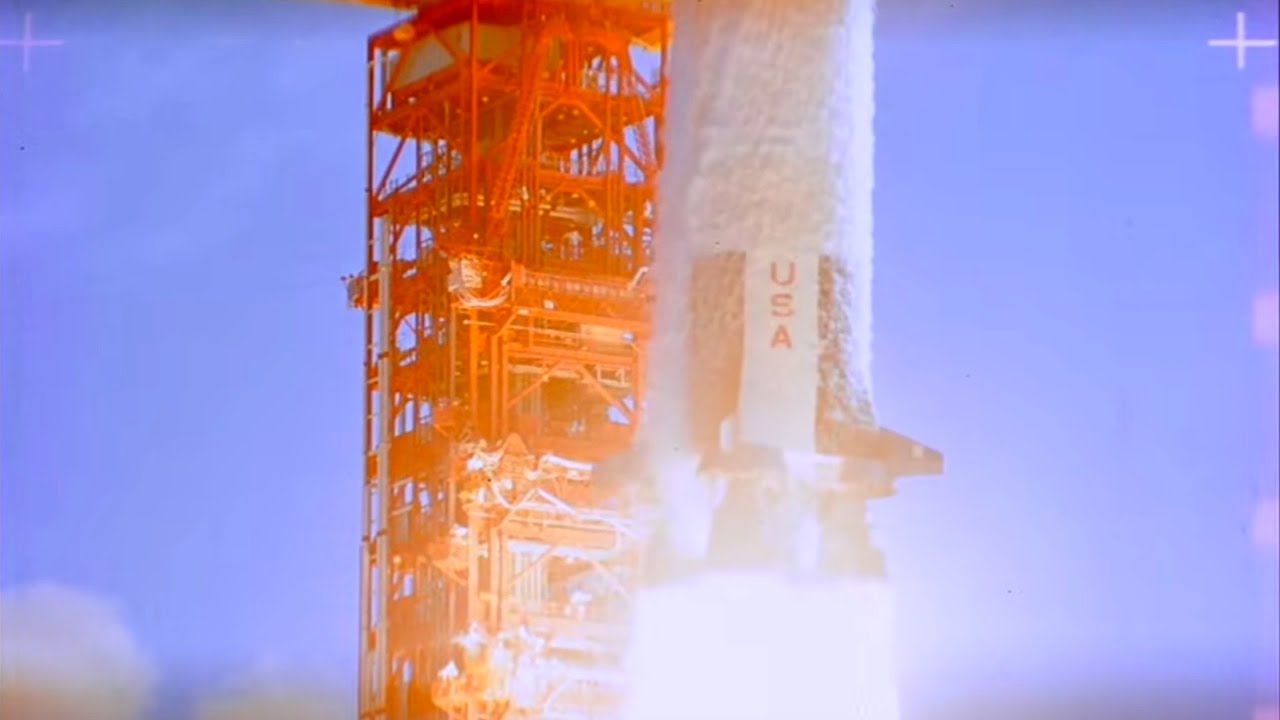
The scientists who support Project Blue are already thinking about how future explorers could get to the planets around Alpha Centauri.
Dec 5, 2016
Vision of a Asteroid Belt Astronomical Telescope and hypertelescopes
Posted by Klaus Baldauf in categories: physics, space
Physics Today has a speculative article that proposes that laser light be used to shape and polish an asteroid to high optical standards. This could create an Asteroid Belt Astronomical Telescope (ABAT).
The Asteroid Belt Astronomical Telescope (ABAT) focuses light from laser-polished asteroids onto dual imaging arrays above and below the solar system; other intense laser pulses maneuver the arrays to different locations, thus allowing ABAT to point at multiple celestial targets. Asteroid ablation residue corralled into a pair of Devil’s Footprints shields the focal regions from solar illumination. (Courtesy of Laura Kim.)
Imagined 10 meter resolution imaging of exoplanet.
Continue reading “Vision of a Asteroid Belt Astronomical Telescope and hypertelescopes” »
Dec 3, 2016
Space Warp Dynamics: The startup that’s working on sending humans to Proxima Centauri
Posted by Johan Scholtz in categories: physics, science, space, space travel
Dec 3, 2016
Cannae will try to prove propellentless propulsion in space in 2017 and has ambitious space probe designs with 33 years of constant acceleration to reach 3% of lightspeed
Posted by Klaus Baldauf in category: space
Despite having a setup that has been pretty much operating for years, how many data points are in the paper? Eighteen. Now, if this were a really time-consuming experiment, I wouldn’t let that bother me. Hell, some synchrotron experiments have only a single data point. But this is clearly not a time-limited experiment.
Dec 3, 2016
The Dawn of AI: Congress Is Discussing What We’ll Do in a World Run by Robots
Posted by Elmar Arunov in categories: government, robotics/AI, space
In Brief
- Last week’s US Senate Subcommittee on Space, Science, and Competitiveness focused on the impact AI has in various sectors of US society.
- Scientists predict that investments in AI will increase by more than 300 percent over the next few years, meaning AI will have a more prominent role in society.
Senator Ted Cruz opened up last Wednesday’s hearing by the US Senate Subcommittee on Space, Science, and Competitiveness with a description of the changing landscape of technology: “Whether we recognize it or not, artificial intelligence is already seeping into our daily lives.”
Senator Cruz explained that scientists are predicting how investments in AI will increase by more than 300 percent in the next few years, which means AI will have a more prominent role in society. With that in mind, the subcommittee’s hearing focused on the impact AI has in various sectors of US society, and how to best ensure US leadership in AI development.
Continue reading “The Dawn of AI: Congress Is Discussing What We’ll Do in a World Run by Robots” »
Dec 2, 2016
Scientists have finally figured out why astronauts lose their vision while in space
Posted by Jeremy Lichtman in categories: neuroscience, space
Radiologists have finally figured out why astronauts who spend a lot of time in space get impaired vision.
The problem, called visual impairment intracranial pressure (VIIP) syndrome, has been reported in two-thirds of astronauts who go up to the International Space Station.
And according to a new study from researchers at the University of Miami — reported Monday at the Radiological Society of North America’s annual conference — those changes to the eye have everything to do with changes in the fluid that surrounds the brain and spinal cord.
Dec 1, 2016
An Indian startup could be the first private entity to land on the moon
Posted by Shane Hinshaw in category: space
Nov 30, 2016
We Just Got the First Real Evidence of a Strange Quantum Distortion in Empty Space
Posted by Shane Hinshaw in categories: quantum physics, space
For the first time, astronomers have observed a strange quantum phenomenon in action, where a neutron star is surrounded by a magnetic field so intense, it’s given rise to a region in empty space where matter spontaneously pops in and out of existence.
Called vacuum birefringence, this bizarre phenomenon was first predicted back in the 1930s, but had only ever been observed on the atomic scale. Now scientists have finally seen it occur in nature, and it goes against everything that Newton and Einstein had mapped out.
“This is a macroscopic manifestation of quantum field,” Jeremy Heyl from the University of British Columbia in Canada, who was not involved in the research, told Science. “It’s manifest on the scale of a neutron star.”

